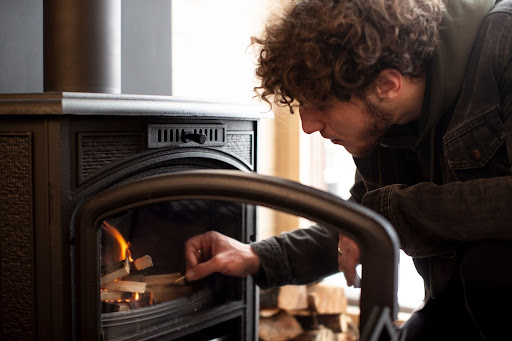Heating your home is a necessity, especially during the cold winter months. However, the way you heat your home can have a significant impact on the environment. In this blog post, we will explore the environmental impact of furnaces and provide you with actionable steps to reduce your carbon footprint while keeping your home warm and cozy.
Understanding the Carbon Footprint of Furnaces
How Do Furnaces Work?
Before diving into their environmental impact, let’s briefly understand how furnaces work. Most residential furnaces operate on either natural gas or electricity. Gas furnaces burn natural gas to produce heat, while electric furnaces use electricity to generate warmth. Both methods involve the consumption of energy and the release of carbon dioxide (CO2) into the atmosphere.
The Carbon Emissions from Furnaces
Furnaces are a significant source of carbon emissions. Natural gas furnaces release CO2 when they burn natural gas, contributing to greenhouse gas emissions that trap heat in the Earth’s atmosphere, leading to global warming and climate change. Electric furnaces, on the other hand, indirectly produce CO2 emissions if the electricity they use is generated from fossil fuels.
The Importance of Energy Efficiency
One of the key factors influencing the environmental impact of your furnace is its energy efficiency. Older, outdated furnaces tend to be less energy-efficient, meaning they consume more energy to produce the same amount of heat. This results in higher carbon emissions. Replacing an old furnace with a newer, more energy-efficient model can significantly reduce your carbon footprint.
Reducing Your Furnace’s Environmental Impact
Upgrade to a High-Efficiency Furnace
Investing in a high-efficiency furnace is one of the most effective ways to reduce your carbon footprint. High-efficiency furnaces are designed to use less energy while producing more heat, resulting in lower carbon emissions. Look for furnaces with a high Annual Fuel Utilization Efficiency (AFUE) rating, as this indicates their energy efficiency.
Regular Maintenance and Tune-Ups
Maintaining your furnace properly is crucial for both its efficiency and its environmental impact. Regular maintenance, including cleaning and replacing filters, ensures that your furnace operates at its peak efficiency. A well-maintained furnace consumes less energy and produces fewer emissions.
Smart Thermostat Installation
Installing a smart thermostat in your home can help you optimize your furnace’s energy usage. These thermostats allow you to schedule heating cycles, set temperature limits, and make real-time adjustments using your smartphone. By reducing unnecessary heating and ensuring your furnace operates only when needed, you can lower your carbon emissions.
Consider Alternative Heating Sources
In some cases, it may be worth exploring alternative heating sources that have a lower environmental impact. For example, geothermal heat pumps use the Earth’s natural heat to warm your home and are highly energy-efficient. Additionally, solar heating systems can harness the power of the sun to provide heat and hot water, further reducing your reliance on fossil fuels.
Sustainable Fuel Options
Renewable Natural Gas
If you have a natural gas furnace, consider using renewable natural gas (RNG) as an alternative fuel source. RNG is produced from organic waste, such as food scraps and agricultural residues, and has a significantly lower carbon footprint than conventional natural gas. Many utility companies now offer RNG options to their customers.
Electrify with Green Energy
If you use an electric furnace, you can reduce its environmental impact by switching to green energy sources. Consider installing solar panels on your property or purchasing renewable energy from your utility provider. By using clean electricity, you can ensure that your electric furnace operates with minimal carbon emissions.
Your Furnace Plays a Vital Role
Your furnace plays a vital role in keeping your home comfortable during the colder months, but it also has a significant environmental impact. Understanding the carbon emissions associated with your furnace and taking steps to reduce its carbon footprint is essential for mitigating climate change.
Upgrading to a high-efficiency furnace, conducting regular maintenance, installing a smart thermostat, and considering alternative heating sources are all effective ways to reduce your furnace’s environmental impact. Additionally, choosing sustainable fuel options like renewable natural gas and green electricity can further decrease your carbon emissions.
At Tap 2 Drain Plumbing, we are committed to helping you reduce your environmental footprint while keeping your home comfortable. By making environmentally conscious choices when it comes to heating your home, you can contribute to a greener and more sustainable future while still enjoying a warm and cozy living space.

